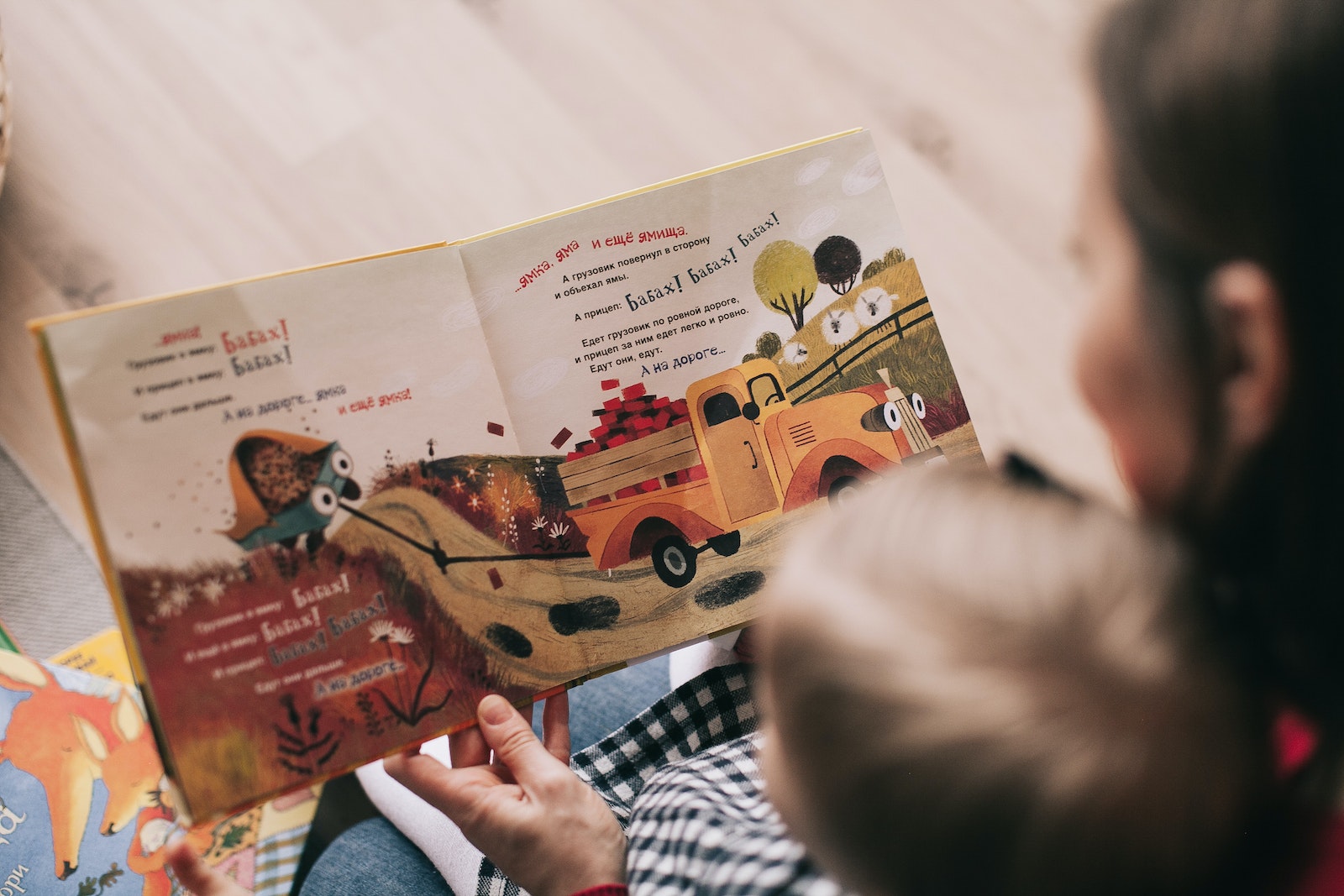Are you wondering how Children’s illustrations Books can have an impact on children? In these couple of years, a lot of trends emerged into the Art world in general and it shaped the quality of the community.
What are these trends? And how did they influence the young minds?
Digitalization

Children’s book illustrations were primarily focused on handmade illustrations, but now a large number of books are made exclusively within drawing and painting programs like Clip Studio Paint, Adobe Photoshop, and Adobe Illustrator. The books also incorporate interactive elements, such as pop-ups and touch-and-feel elements. These specific elements helped the children engage more in the books and feel connected to the stories they were reading.
Inclusive Representation

If you ask adults now about a character they liked as children, it’s always a white, blonde character. Don’t get me wrong, there’s nothing wrong with that, but that was all that was available. Those same adults are now giving the children the experiences and memories they never had. Characters from different backgrounds—ethnicity, color, gender, and disabilities—are featured in the most popular books. Not only is this giving the children who are inclusive the experience they deserve, but it’s also teaching all children morals and equity. It’s a visual representation that everyone is the same, regardless of who they are or what defines them.
Emotional Depth

There are two major points that illustrators focus on when it comes to emotional depth.
- Visual cues: Drawing the character in a specific emotion, for example, if the character is sad with tears rolling down their eyes, helps the children recognize and understand sadness. Or, for example, a character with their eyes wide open and a fearful expression helps the children learn about fear and understand the reasons behind it, which will develop their emotional intelligence.
- Storytelling: You know how they say a picture is worth a thousand words? Well, in this case, it definitely is. Illustrations can help tell the story and convey the emotions in a way that words can’t, especially for children. For example, if you have a story without even a single word, just illustrations, the children will be able to interpret and analyze the actions and emotions of the characters based on their own understanding.
Moreover, it is important for children’s books to have emotional depth because the impact it will have on the children’s lives is enormous. Some of the main reasons are: developing empathy; improving language and literacy skills; promoting social and emotional learning; exploring emotions in a safe way; allowing parent-child bonding; and many more.
Conclusion
In conclusion, trends in children’s book illustrations are reflecting changing cultural and social norms, they are also keeping books current and engaging, they are giving the children an experience they crave, reflecting the advancements in technology and advancing the field of illustration while also enhancing the comprehension of the children and stimulating their imagination, fostering a love for reading and also enhancing emotional understanding. Therefore, by staying up-to-date with these trends, illustrators can make books that are appealing and interesting for the children and help them develop a lifelong love for reading while also showcasing the diversity and inclusivity of the world around them.





